Wish: Disney’s Failed Attempt at Afro-Latina Representation

Visual by Melissa Morales
When I first heard that Disney would portray its first ever Afro-Latina heroine, I was ecstatic. After films like Encanto and Coco, I’ve been hungry for more Latine representation within the Disney franchise, as it has become a signature cultural giant over the decades and especially within the last 10 years. With Academy Award-winning, Afro-Latina actress Ariana DeBose as the voice of Asha, the protagonist of the film, my hopes for an impactful narrative were high and eager to be fulfilled. However, as the lights dimmed and film began to roll, this was quickly not the case.
The plot of Wish takes place in the kingdom of Rosas, where King Magnifico grants the wish of one citizen every month. The film opens with Asha’s hope to become the next apprentice of the sorcerer king and to see her 100-year-old grandfather, Saba, finally get his wish granted. The plot unfolds from there as Asha realizes the king is not who she thought he was, and she goes on to summon a cosmic force named Star to help her save the kingdom.
Asha’s narrative throughout the film is extremely tone-deaf and demonstrates how simply placing an Afro-Latina on screen or behind the voice of one is far from enough. Representation is multidimensional and requires more than base level visibility; it requires an impactful narrative that takes into account the experiences of the communities involved. Moreover, visibility of Afro-Latinx characters, let alone leads, in major films is already close to nonexistent, and this movie does nothing to uplift the community. According to a recent study from USC’s Annenberg Inclusion Initiative, only 5.5% of characters on the big screen are Latine, and even less than that are Afro-Latinx. This film is just another example of the need for Afro-Latinx writers in the rooms where these screenplays and storylines are being produced. Moreover, of the four main writers for this movie, two are white women (Allison Moore and Jennifer Lee), one writer is a Thai woman (Fawn Veerasunthorn), and the other is a white man (Chris Buck). Each of these writers has been a part of other major and successful Disney films, including Frozen and Moana. However, the mark for Asha’s character was clearly missed, and her treatment portrayed some very disturbing micro-aggressions that fostered negative BIPOC stereotypes (which will be discussed later in this article).
Furthermore, in the description of the movie, Disney never explicitly describes Asha as an Afro-Latina. Unlike Mirabel from Encanto, who had Afro-Colombian relatives, or even Moana, whose Polynesian roots were proudly displayed, Asha’s Afro-Latinx roots are never cemented within the fantastical world. This is yet another example of Afro-Latinx erasure at the hands of major media, as Disney has taken the means to hire an Afro-Latina as a lead heroine in a major motion picture, yet failed to take the opportunity to explore the diverse roots of Afro-Latinx culture. This is especially upsetting when the film had a reported $200 million budget, higher than both Encanto and Moana.
From the jump, I was taken aback by the fact that Asha did not have a leading role within the kingdom. In my head, I expected Asha’s narrative to highlight her overt leadership and portray a strong Afro-Latina in a position of power. Instead, I was met with a second-class narrative that had Asha vying for the attention of the king and trying to live up to the expectations of the monarchy to become the next apprentice at his side, literally. There is a specific scene that took me off guard regarding Asha’s first meeting with the king. As Queen Amaya leads Asha to meet him, she begins giving her tips on how the king likes his tea and other advice of the like. This was extremely off-putting to see on screen, especially as both the king and queen are light-skinned rulers. The writers immediately placed Asha’s character beneath their power and in a subservient role within the first 15 minutes, all while displaying the king under the archetype of the white savior.
The micro-aggressions just snowballed from there. In all of the Disney films I’ve watched, I have never seen a heroine demeaned in a way that added nothing to the overall plot or character arc of key figures. For example, once Asha discovers the king wasn’t using the wishes in a way that benefitted the kingdom, she decides to devise a plan that would release them back to the citizens of Rosas. She believes they did not belong to the king, but to the individual people of the kingdom. However, there was constant use of language that consistently mentions that she is stealing and therefore situates Asha as a thief. This came specifically from King Magnifico and her friend Gabo, and the language used was far from acceptable. After the king deems her a traitor to be severely punished and orders wanted posters with her face displayed all over the kingdom, Gabo questions Asha’s reasoning for “taking back” the wishes by stealing, and alludes to Asha being capable of killing her own family. The king goes on to refer to Asha as a “savage” teenager and says that she is “nothing.” In another scene, he goes on to comment that he is such a good king and should be praised because he would “give the shirt off of Benito’s back” to help another.
This movie was extremely difficult to watch, and it is important to call out such a large corporation that has the power to globally portray negative depictions of Afro-Latinx people. Attempts for diversity are ineffective when we are not included in the conversation of our own narratives as Latinx individuals. These are the films we look to when trying to search for representation from the margins. These are the films we wish to see to heal our inner child from never having been heard in mainstream media. Instead of using their power to create a meaningful narrative, the writers of this movie epitomized the struggles of POC women trying to advance in a system not designed for them or their ideas. Asha was villainized and pushed down only to rise over her obstacles again and again, and to be rewarded as a fairy godmother. This was the last gut punch at the end of the film that felt like an insult for all that Asha’s character went through. There was no growth for Asha’s character, but instead a continuous loop of difficulties that ultimately placed her as assistant to the monarchy. In the final case, she became the fairy godmother under the rule of Queen Amaya instead of queen or princess herself. For Asha, the end of her character arc highlights subservience as something positive. How can this be an acceptable end to a story featuring its first ever heroine voiced by an Afro-Latina? How can the writers be so out of touch as to place a black female character’s final outcome as assistance to an institution, fantastical or not? Disney has created a space for people of all ages to aspire to be more, so why not continue that here? Overall, there seemed to be little to no effort put into the thought process for this movie other than to make more profit for Disney. This is extremely unfortunate and terribly unsurprising. My hope is for future and continuous Afro-Latine representation on screen where we are the ones in charge of the narrative, as we deserve a place to be heard and recognized for all that we are: leaders, thinkers, innovators, and creatives.

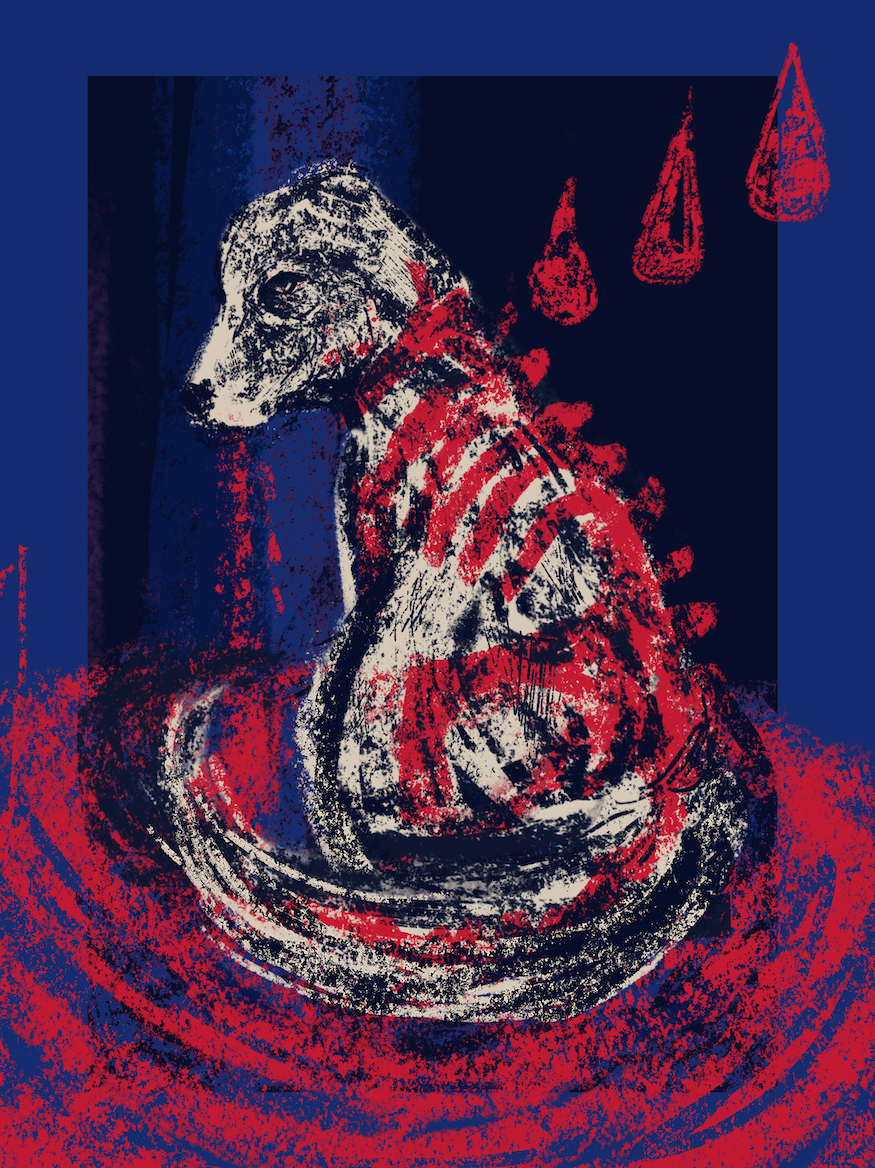



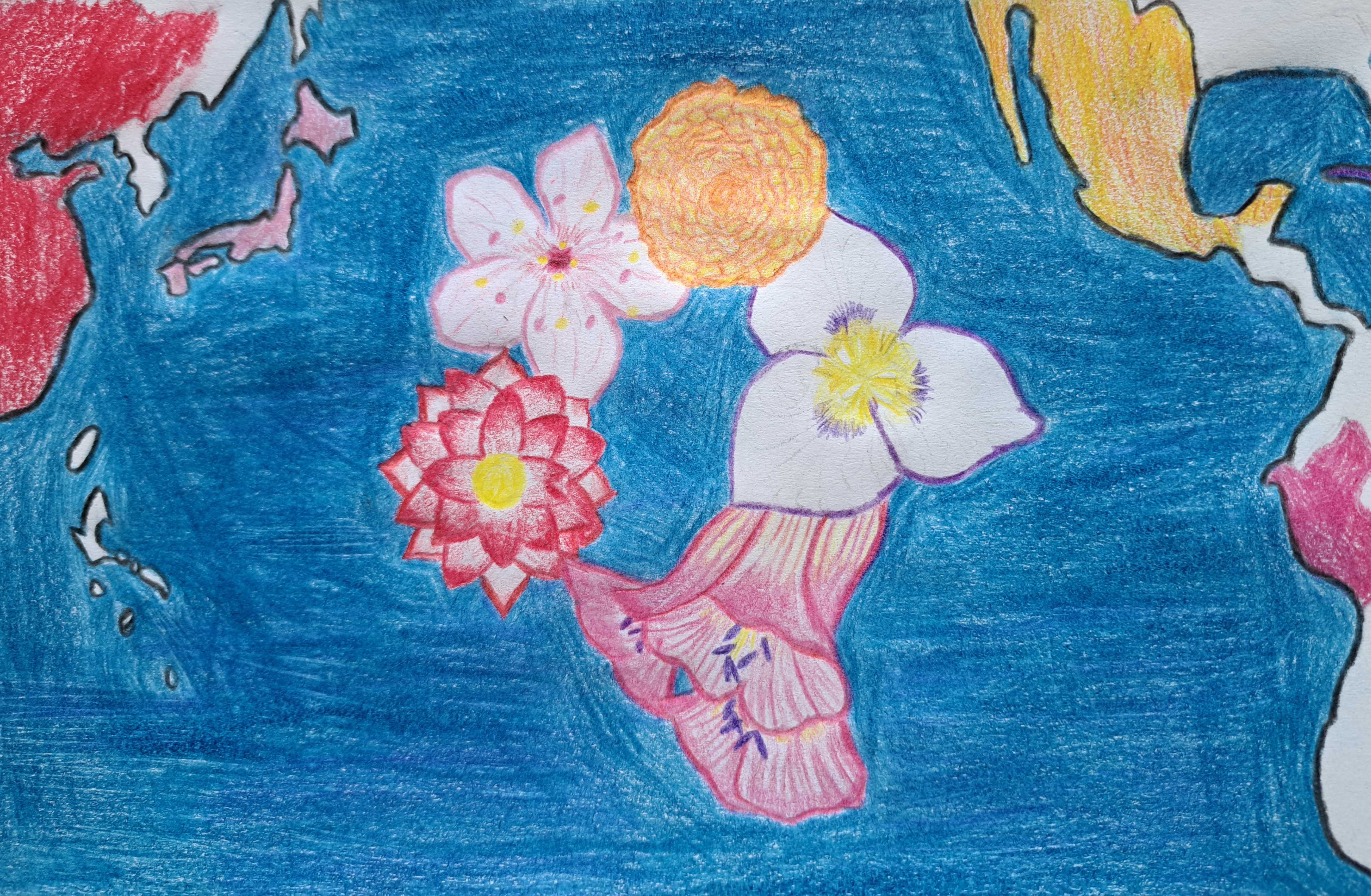
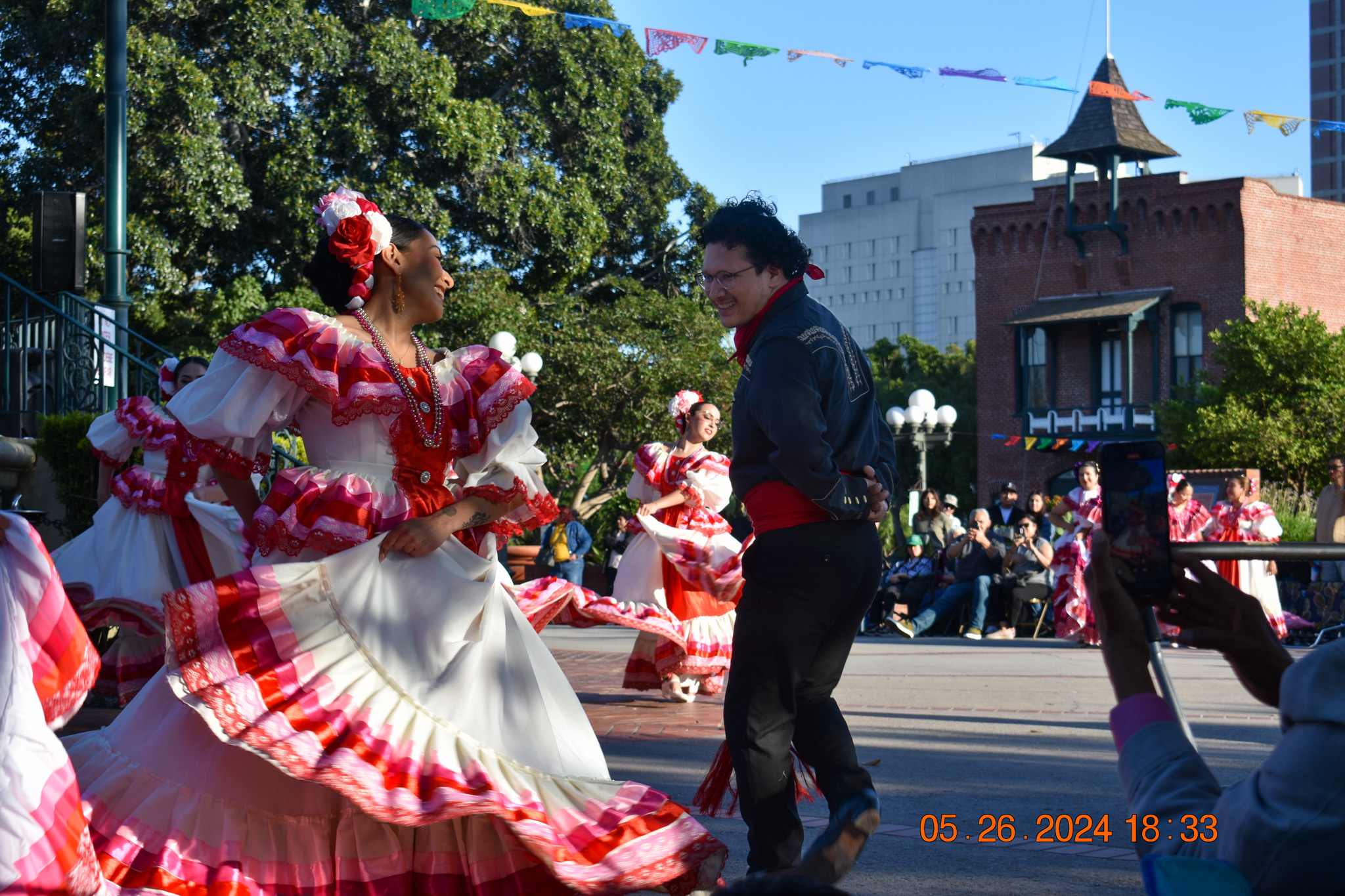

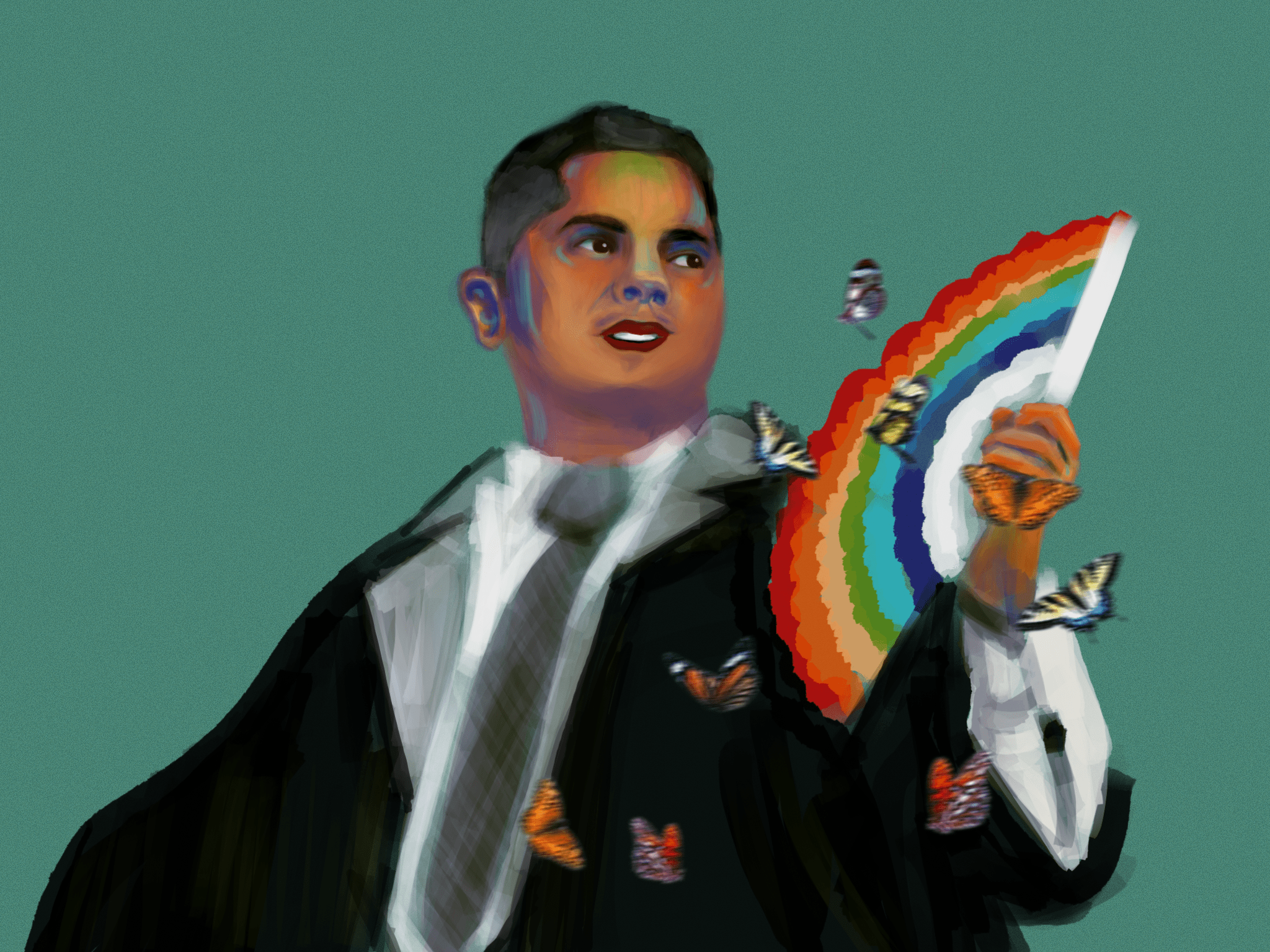
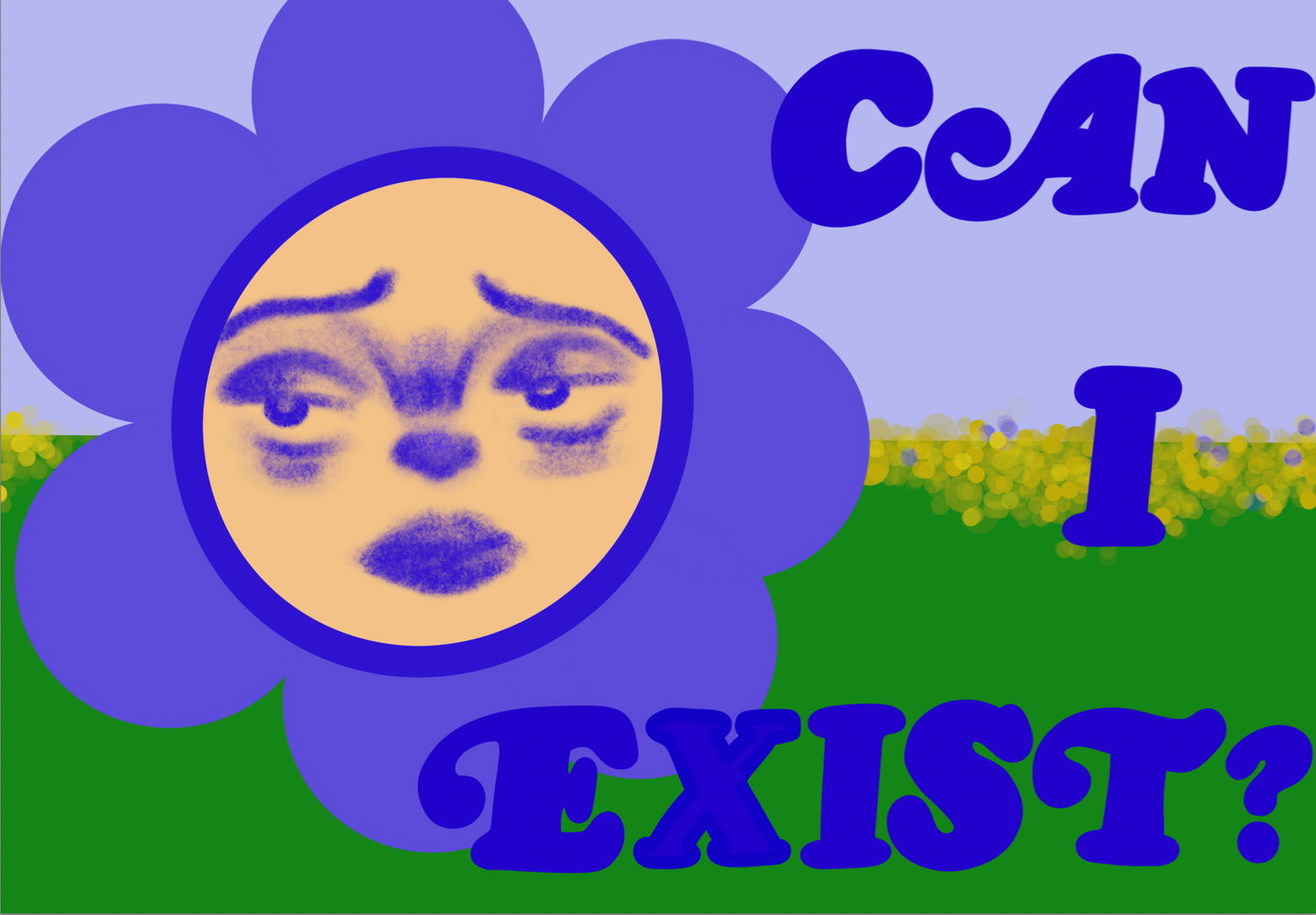
Leave a Reply
Want to join the discussion?Feel free to contribute!